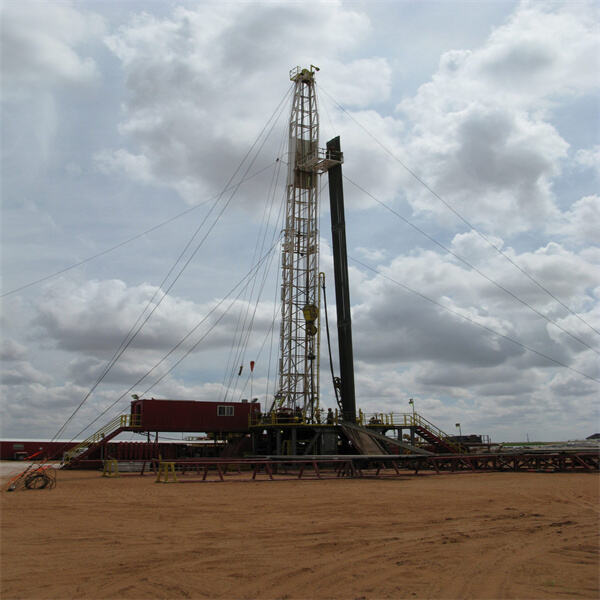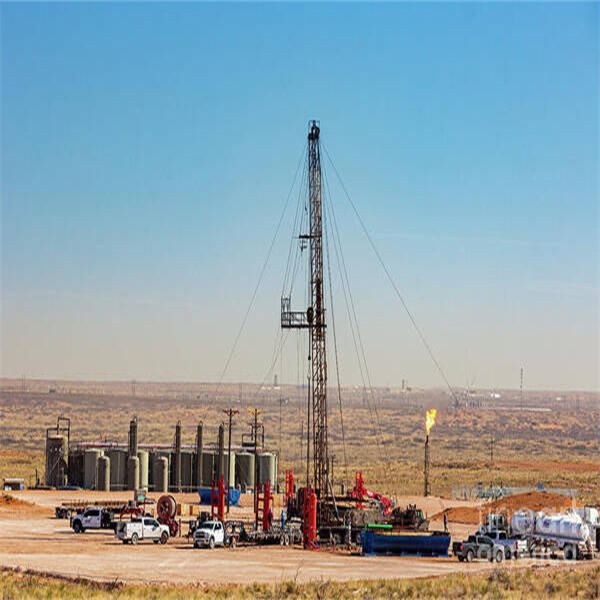Når du går inn på en oljerigg oljefeltstasjon, finnes det mange store maskiner og utstyr, alt av det surrer og hvirrer på høy fart. Boringsrigget er dets viktigste komponent, det strekker seg opp med ett ende og presser lange metallarme ned i jorda fra det andre. Arbeidere klatrer opp og ned trapper og steigar for å holde alt på gang.
Slikten blir fanget i slikketanker for å kunne pumpe den tilbake ned i borehullet. Arbeidere overvåker nøye nivået og kvaliteten på slikken for å sikre at alt flyter godt. Det finnes rørrekker hvor alle de ulike rørene for boring og oljetilvinning lagres.
Tee shale shaker er en dobbeltskive vibrerende skjerm med posisjonsbakoverføring, som har blitt analysert og anvendt av et to-frihetsgrad minus frihetsgrad dynamisk system. På denne måten kan slamm brukes igjen, noe som sparer tid – og penger. Slammen lagres i tankere før den pumperes ned igjen; rørrekker forbereder alle rør som kreves for boringen.
Å bygge en oljerig er som å samle sammen et jättepussel. Arbeidere — som spenner kabler, manipulerer store slanger og hopper mellom rør og knepper med relativ agilitet — monterer en rig med hjelp av kraner og annen tung maskinering, ved å begynne med å sette på plass borestasjonen og deretter legge til leirepumper, shaleskaker, leiretanks og rørstøyper. Igjen må alle delene være sikret og koblet for å fungere godt.

Oljeriger er også viktige i prosessen med å hente olje fra jorden. Borestasjonen borer ned gjennom jorda til oljen som ligger tusenfot under overflaten. Når oljen er trukket opp, pumpes den opp gjennom rørene som er festet til riget.

Oljen går deretter til forarbeidsanlegg, hvor den konverteres til produkter som benzin, diesel og flypensjon. Dette er produktene som driver biler, planer og maskiner over hele verden. Du kunne like gjerne si det samme om oljeriger som har gitt oss brøyten vi trenger.

Livet på en oljefeltstasjon er krævende og krever lange timer. «En stasjon må ha noen som er veldig ferdig med å kjøre stasjonen og utstyr, og som kan sørge for at det opererer sikkert», sa herr Farley. De jobber i alle slags vær, uansett om det er varme dager eller kalde nattenatter, for å holde stasjonen i drift.